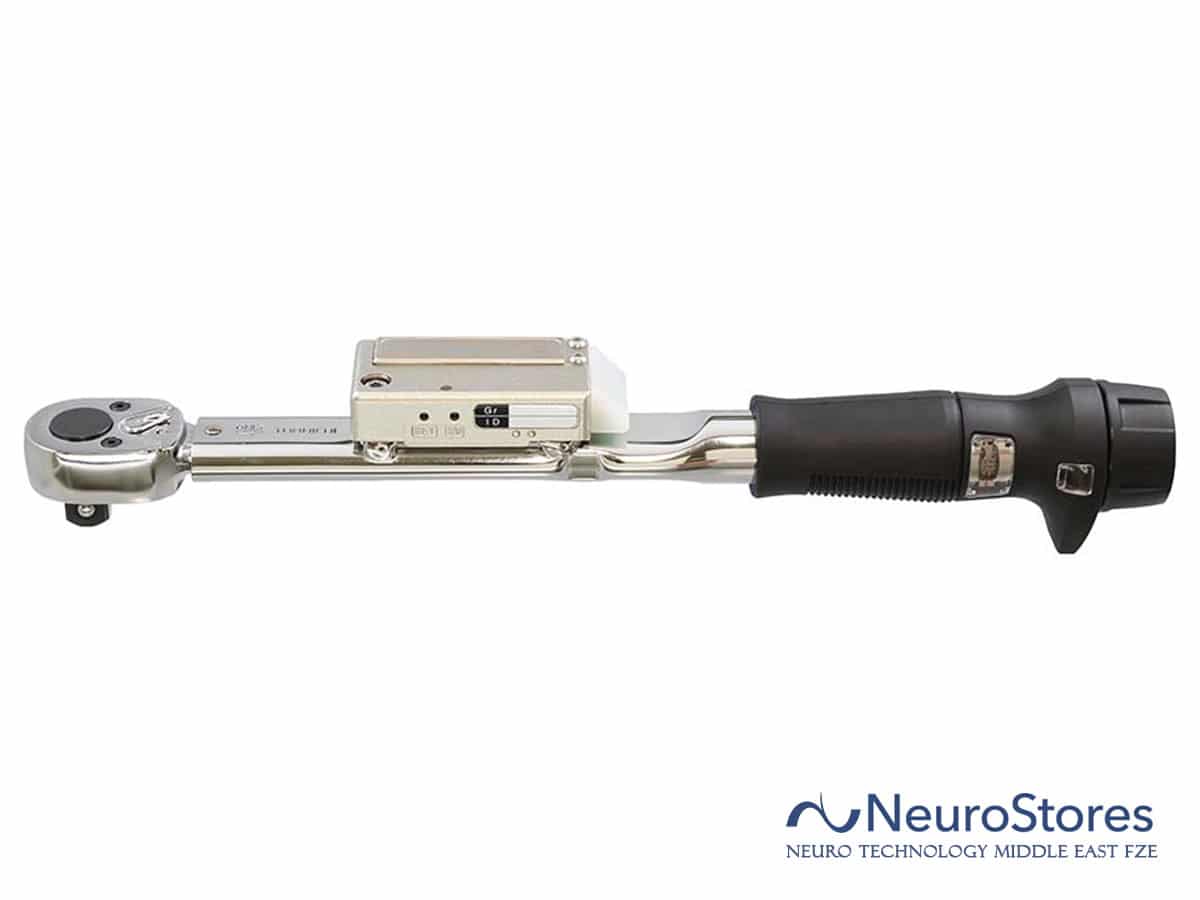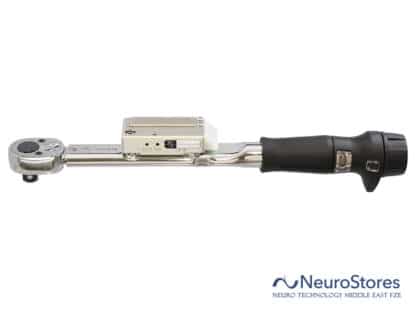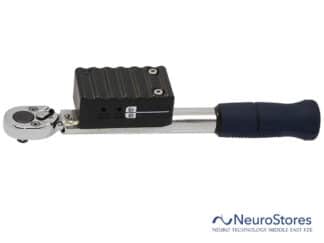TOHNICHI MANUFACTURING CO. LTD.
Tohnichi FHM/FH
The wireless Pokayoke (error proofing) transmitter and receiver that are used to prevent missed tightening have been upgraded. Transmitter battery voltage can now be monitored, data transfer distance has been increased to about 20–30 meters, and battery life has been extended to about 650,000 times of use.
- Prevents human tightening errors (Pokayoke)
- Upgraded from the FH256MC.
- The wireless distance of the T-FHM has been extended to around 20–30 meters (only when operated in new telecommunication mode).
- Can monitor transmitter battery voltage. Alerts when voltage drops below set voltage (only when operated in new telecommunication mode).
- T-FHM/T-FH transmitter battery life: Approx. 650,000 times of use, therefore about 25% more than for the older T-FH256MC transmitter model.
- T-FHM mode can be changed to the older telecommunication mode using the R-CM receiver or the SB-FH2 setting controller. The R-FH256MC receiver is compatible with the previous FH256MC. The T-FH transmitter set to the older telecommunication mode is also available.
- Upon reaching the set torque, a completion signal is transmitted by radio wave.
- Wireless wrench eliminates space limitations.
- Uses the answerback system for the operator to verify communication status.
- The T-FHSLS256 is compact and offers excellent workability. Easy to convert from an LS torque wrench.
- Using just the R-CM receiver (sold separately) makes it possible to manage the number of tightening times for a single torque wrench, taking advantage of the Pokayoke (error proofing) system to prevent missed tightening.
- When the IO-CM contact box (sold separately) is connected to the receiver, one receiver can check the IDs of up to four torque wrenches. When combined with the use of the CNA-4mk3 Count Checker (Poka Patrol), it is easy to build a Pokayoke (error proofing) system.







